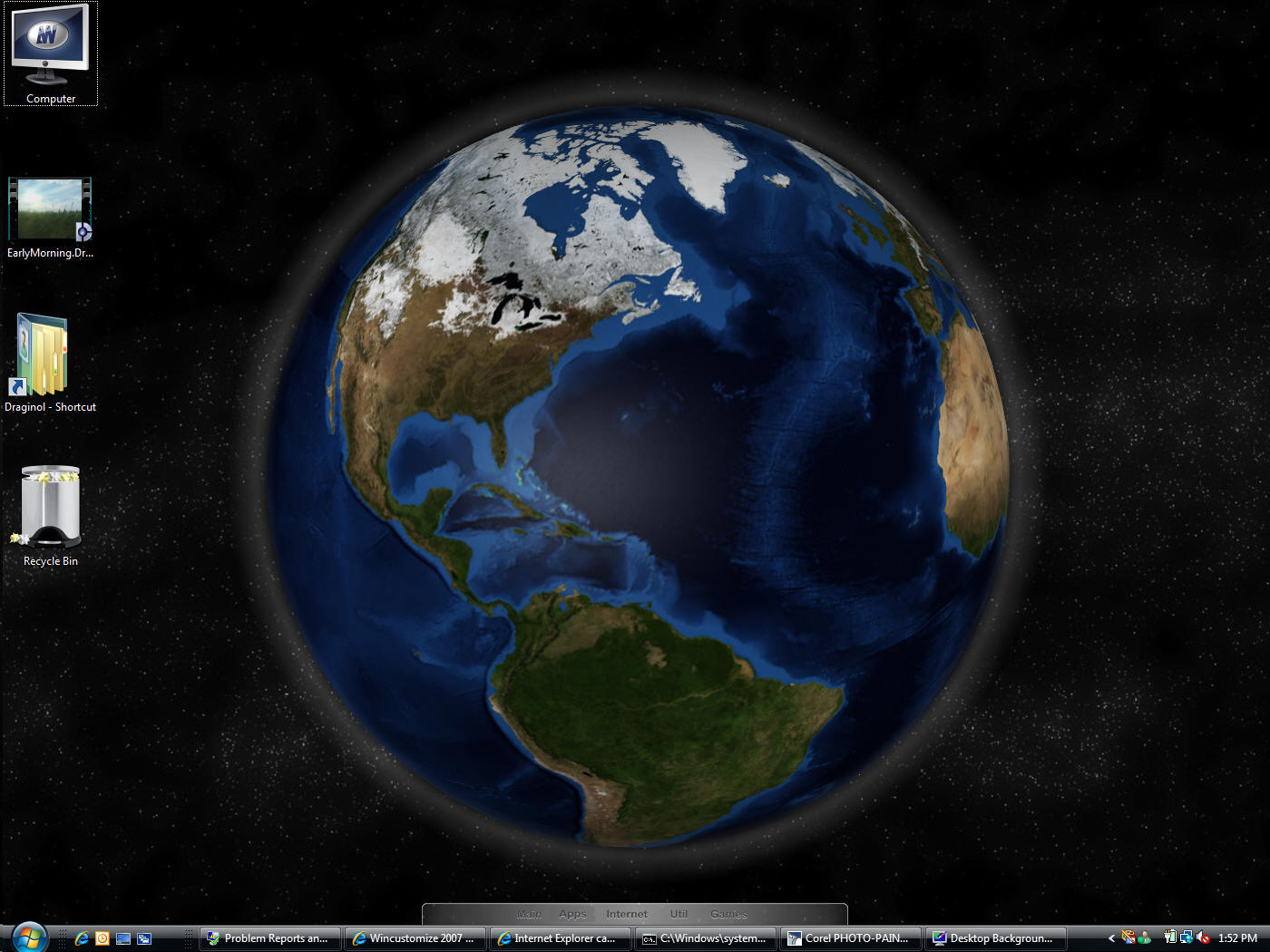
User privileges in Teradata Data Warehouse Appliance.  User privileges in Microsoft SQL Server. To learn more about setting up data access privileges in a database, see one of the following help pages: If possible, it is recommended that you have a separate production database to use as your dynamic workspace. If you're choosing an enterprise geodatabase or database as your dynamic workspace, the account connecting to the database should be granted minimum access privileges (data viewer) to the data. When choosing a dynamic workspace, it is recommended that the workspace only contain the layers and tables necessary to support the map service. Considerations when choosing a dynamic workspace You have the option to modify the ID when you configure the dynamic workspace for your map service. The map service uses this ID to connect to the data source specified in dynamic layer requests. When you choose a workspace, an ID is generated to uniquely identify the workspace within the pool of workspaces available to the map service. If you want to dynamically add data-such as feature layers, feature classes, feature attribute tables, shapefiles, rasters, or stand-alone tables-to your map service, you'll need to set up a workspace to contain the data you want to add.ĭynamic workspaces can be any enterprise database, enterprise geodatabase, file geodatabase, or file directory on disk that is accessible to the ArcGIS Server site.
User privileges in Microsoft SQL Server. To learn more about setting up data access privileges in a database, see one of the following help pages: If possible, it is recommended that you have a separate production database to use as your dynamic workspace. If you're choosing an enterprise geodatabase or database as your dynamic workspace, the account connecting to the database should be granted minimum access privileges (data viewer) to the data. When choosing a dynamic workspace, it is recommended that the workspace only contain the layers and tables necessary to support the map service. Considerations when choosing a dynamic workspace You have the option to modify the ID when you configure the dynamic workspace for your map service. The map service uses this ID to connect to the data source specified in dynamic layer requests. When you choose a workspace, an ID is generated to uniquely identify the workspace within the pool of workspaces available to the map service. If you want to dynamically add data-such as feature layers, feature classes, feature attribute tables, shapefiles, rasters, or stand-alone tables-to your map service, you'll need to set up a workspace to contain the data you want to add.ĭynamic workspaces can be any enterprise database, enterprise geodatabase, file geodatabase, or file directory on disk that is accessible to the ArcGIS Server site. 
The ArcGIS API for JavaScript contains documentation on how to consume map services with dynamic layers enabled. Note:Īlthough you enable dynamic layers through ArcGIS Desktop or ArcGIS Server Manager, making use of dynamic layers to change symbology, add layers, and so on, is typically done through code. The ArcGIS Server site does the work of applying the modified color ramp and returns the resulting map image to the client application. Now, you want users of the web app to be able to display each state's population using a different color ramp.īy activating dynamic layers in your map service, you give clients the freedom to change the symbols of the states in the web app. Then, you published the map as a service to your site and used the service in an ArcGIS API for JavaScript web app. states layer and applied a color classification based on each state's population in 2010. In this way, dynamic layers can increase the amount of interaction that users have with your maps.įor example, let's say you created a map document with a U.S.

Layer appearance and behavior in your map service.ĭetermining which layers will appear in a map, layer symbology, layer order and position, labeling, and more, can be achieved through the use of dynamic layers.

A map service to your ArcGIS Server site, you can optionally choose to allow








 0 kommentar(er)
0 kommentar(er)
